As you slide behind the wheel of your Mercedes E Class, a constellation of dashboard warning lights stares back at you, each one a potential harbinger of trouble. But do you know what they’re trying to tell you?
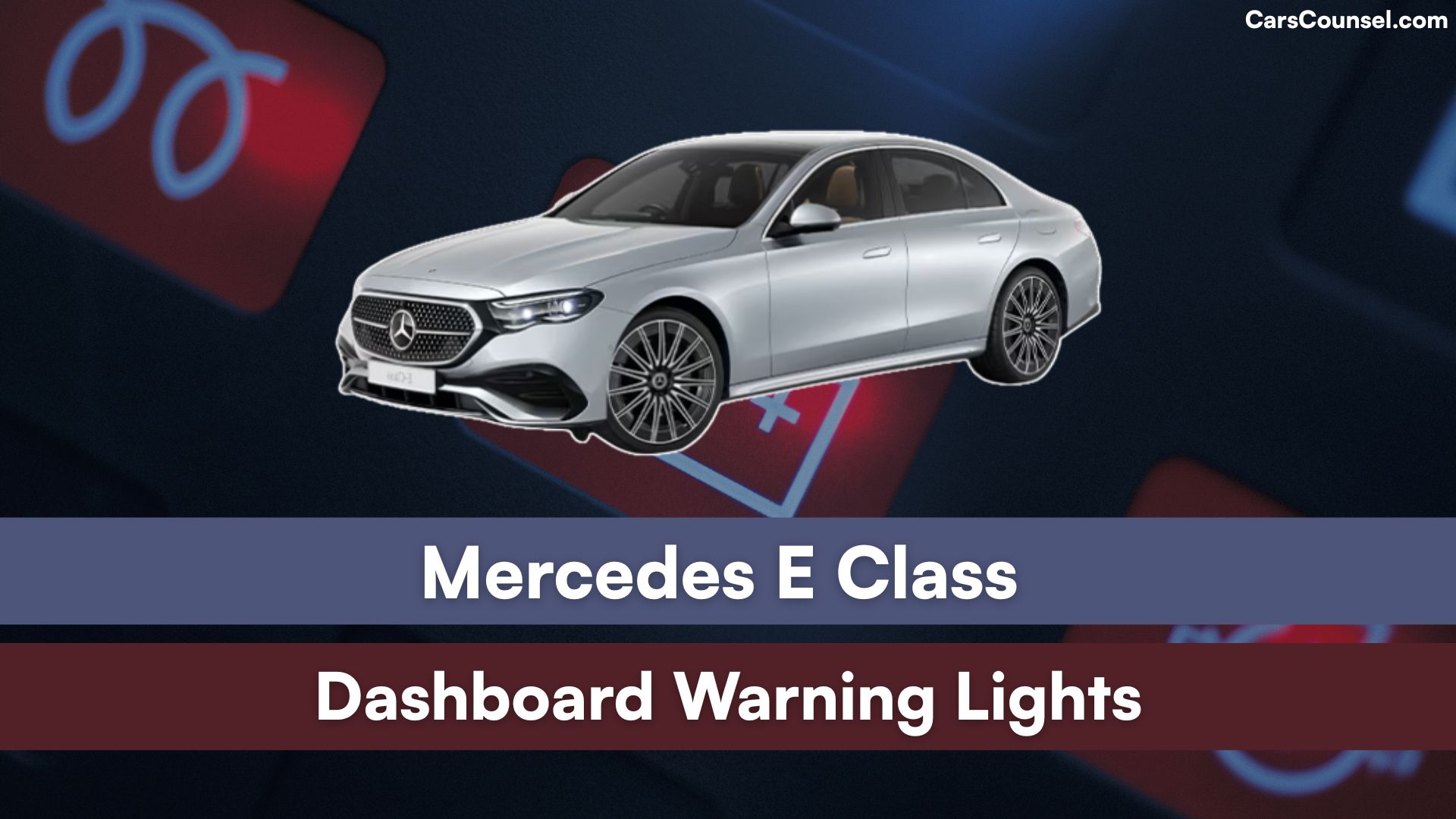
From issues with your brakes to problems with your engine, these lights are your car’s way of warning you of potential dangers. But what do they mean, and how can you respond? Understanding these lights is vital to keeping your car running smoothly – and safely.
Quick Navigation
Brake and Parking System Issues
When your Mercedes E Class dashboard warning lights illuminate, it’s essential to identify the issue promptly to guarantee your safety on the road.
Brake Warning Light
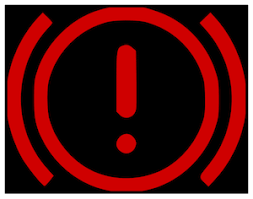
Brake and parking system issues can be particularly critical, so you’ll want to investigate immediately. Check your brake fluid levels, as low levels can trigger a warning light.
Faulty brake boosters can also cause the light to come on. If you notice issues with your parking sensors, such as faulty sensors or wiring problems, this can also trigger a warning light.
Identifying the root cause of the issue will help you address it quickly and get back on the road safely. Don’t delay – brake fluid checks and parking sensor issues require prompt attention to avoid further complications.
Engine and Performance Alerts
Several critical systems in your Mercedes E Class are monitored by the engine and performance alerts, which can indicate a range of issues that require prompt attention.
Engine Warning Light
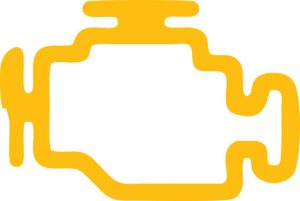
The engine warning light, for instance, can come on due to a malfunction in the engine, exhaust system, or fuel system, including fuel leaks. It’s essential to address this issue promptly to avoid further damage or safety risks.
Oil Level Warning Light
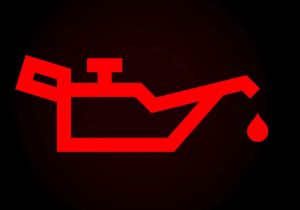
Additionally, the oil level warning light will illuminate if the oil levels are too low, which can cause severe engine damage if left unchecked.
Coolant Warning Light
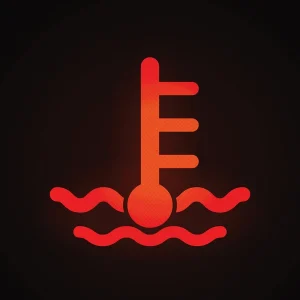
Other performance alerts may include the coolant warning light, which indicates overheating or low engine temperature.
Battery Warning Light
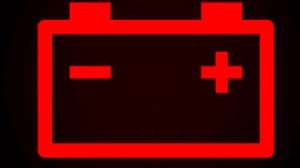
and the battery warning light, which stays on due to an electrical fault.
Safety and Assistance Warnings
Your Mercedes E Class’s safety and assistance systems are designed to provide an added layer of protection on the road.
These advanced features work together to prevent accidents and reduce the risk of injury. The Lane Departure warning system alerts you if you drift out of your lane, while the Blind Spot assist feature warns of vehicles in your blind spot.
Additionally, the Active Brake Assist system can automatically apply the brakes to prevent or mitigate a collision. If a malfunction occurs, warning lights will illuminate on your dashboard, indicating the specific system affected.
It’s essential to familiarize yourself with these safety features to guarantee you get the most out of your Mercedes E Class’s safety and assistance systems, and to certify that they function properly.
Warning Light Indicators Explained
The dashboard of your Mercedes E Class is equipped with a range of warning light indicators that alert you to potential issues with various systems.
These indicators are categorized into different colors and symbols, each conveying specific warning light meanings. Yellow warning lights often indicate a non-critical fault or system malfunction, while red warning lights typically represent a potentially dangerous fault or safety issue.
Flashing warning lights usually indicate a more urgent or vital fault. Understanding these dashboard symbols is essential to addressing potential issues promptly and avoiding further damage or safety risks.
Familiarize yourself with these indicators to stay informed and in control of your vehicle’s performance.
Troubleshooting and Diagnostics
When a warning light appears on your Mercedes E Class dashboard, it’s essential to diagnose the issue promptly to prevent further damage or safety risks.
You’ll need to follow a structured approach to identify the root cause of the problem. Start by consulting your owner’s manual to understand the warning light’s meaning.
Next, perform a visual inspection of your vehicle to look for signs of damage or wear. If you’re still unsure, you may need to use diagnostic tools to read fault codes and guide repairs.
It’s vital to address warning lights promptly, as they can indicate critical safety issues. If you’re not comfortable with diagnostic procedures, it’s recommended to take your vehicle to a qualified mechanic or repair workshop for a thorough vehicle inspection.
Common Warning Light Causes
Many Mercedes E Class dashboard warning lights can be attributed to a few common causes.
As you troubleshoot the issue, it’s essential to understand the warning triggers and fault diagnosis.
Brake Warning Light
Brake and parking system faults, such as low brake fluid levels or malfunctioning brake boosters, can activate the brake warning light.
Engine Warning Light
Engine and performance issues, like engine malfunctions or faulty fuel systems, can trigger the engine warning light.
Tyre Pressure Warning Light
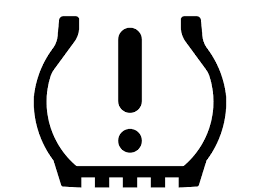
The tyre pressure warning light, also known as the Tire Pressure Monitoring System (TPMS) indicator, is a crucial safety feature that alerts drivers when a tyre is significantly underinflated.
ESP Warning Light
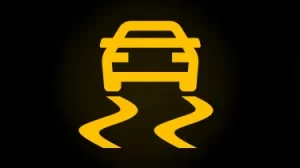
In the same vein, safety and assistance system faults, such as under-inflated tires or faulty wheel sensors, can activate the tyre pressure warning light or ESP warning light.
Additional Critical Warning Systems
AdBlue Warning Light

This blue warning light indicates low levels of DEF (Diesel Exhaust Fluid) in diesel models. When illuminated, you typically have about 1,500 miles before the system limits performance. The light turns red when urgent refill is needed to prevent engine power reduction.
ESP/BAS Warning Light
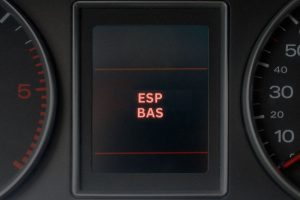
The Electronic Stability Program and Brake Assist System light signals traction control issues. When flashing, it indicates active system intervention during slippery conditions. Continuous illumination suggests a malfunction requiring diagnostic scanning to identify sensor or hydraulic pump faults.
SRS Warning Light

The Supplemental Restraint System light indicates airbag or seatbelt pretensioner faults. This red warning requires immediate attention as it signifies potential non-deployment of safety systems during collisions. Common causes include faulty crash sensors or clock spring failures in the steering wheel.
Powertrain and Drivetrain Alerts
4MATIC Warning Light
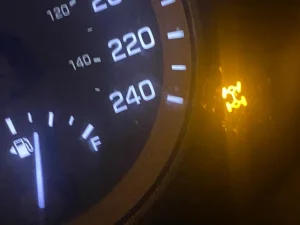
This indicates faults in Mercedes’ all-wheel-drive system. The light may appear during transfer case malfunctions, differential issues, or wheel speed sensor failures. Immediate diagnosis is recommended to prevent drivetrain damage.
Glow Plug Warning Light
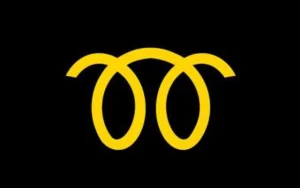
Exclusive to diesel models, this yellow light indicates pre-heating system activity during cold starts. Continuous illumination signals malfunctioning glow plugs or control modules, which can cause hard starting in cold weather.
Electrical System Warnings
Alternator Warning Light
This red battery-shaped light signals charging system failures. Potential causes include faulty alternators, broken serpentine belts, or wiring harness issues. Continued driving may lead to complete electrical system failure.
Key Detection Warning
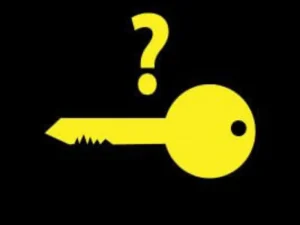
Shown as a key symbol with an exclamation mark, this indicates smart key recognition problems. Causes may include low key battery, signal interference, or faulty antennas in the door handles.
Advanced Driver Assistance Warnings
DISTRONIC Warning Light
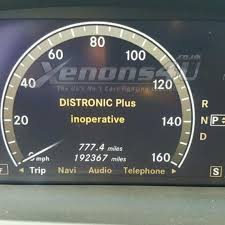
This indicates malfunctions in the adaptive cruise control system. The system may deactivate automatically when radar sensors become obstructed by dirt, snow, or heavy rain.
PRE-SAFE Warning Light
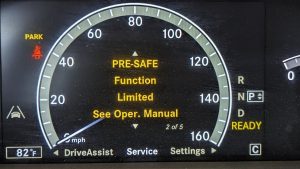
When this safety system light appears, it indicates malfunctions in the anticipatory crash protection systems. This may affect seatbelt pretensioning or automatic window closure features.
Maintenance and Service Indicators
Service Due Warning Light
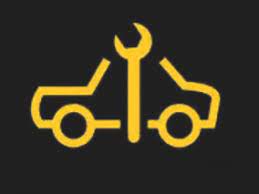
This wrench symbol indicates scheduled maintenance is required. The A/B service indicator specifies whether minor (A) or major (B) service is needed based on mileage and system monitoring.
DEF Quality Warning Light
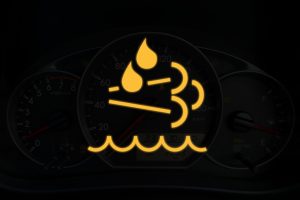
Specific to BlueTEC diesel models, this warns of contaminated Diesel Exhaust Fluid. Using improper DEF can damage the SCR catalyst, requiring expensive emissions system repairs.
Hybrid/Electric Specific Warnings
High Voltage Warning Light

In hybrid models, this red warning indicates serious high-voltage system faults. Never attempt DIY repairs – this requires specialized Mercedes technicians due to lethal voltage risks.
EV System Warning
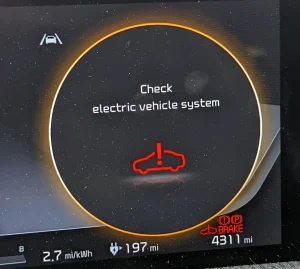
For plug-in hybrids, this indicates charging system faults or traction battery problems. The light may be accompanied by reduced power output or inability to use electric-only mode.
Additional Safety Indicators
Rear Fog Light Indicator
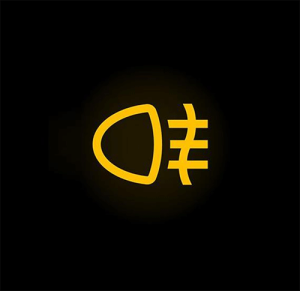
This green light confirms activated rear fog lights. Mercedes recommends turning these off when not needed to avoid blinding following drivers.
Lane Keeping Assist Warning
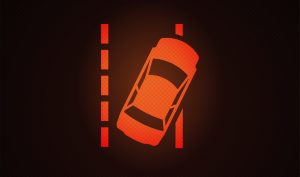
When this system is deactivated or malfunctioning, the light shows a car drifting between lane markers. This may occur when road markings are faint or cameras are obstructed.
Climate System Warnings
Air Suspension Warning

This indicates faults in the Airmatic suspension system. The vehicle may lower automatically to prevent damage. Common causes include leaking air struts or faulty compressor units.
PSM Warning Light
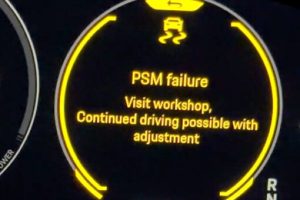
The Parktronic System Malfunction light appears when parking sensors are blocked or damaged. The system automatically deactivates until sensors are cleaned or replaced.
Remember: All warning lights should be addressed promptly. Yellow lights indicate caution needed, while red lights require immediate attention to prevent vehicle damage or safety risks.
Advanced Lighting System Warnings
Adaptive High Beam Warning Light

This blue headlight symbol with “A” indicates faults in the automatic high beam assist system. The system reverts to manual control when malfunctioning, typically due to dirty windshield sensors or electrical faults. Clean sensors carefully and check for diagnostic codes.
LED Headlight Warning Light

This amber headlight symbol appears when there’s a malfunction in the LED lighting system. Individual LED modules may fail, requiring professional diagnosis and potential headlight assembly replacement to restore full functionality.
Hybrid System Alerts (for Hybrid Models)
Hybrid Battery Cooling Warning
This red battery symbol with fan indicates cooling system failure for the high-voltage battery. Continued driving may trigger reduced performance mode. Immediate service is required to prevent battery damage from overheating.
Regenerative Braking Warning
This amber circular arrow symbol signals faults in the energy recovery system. The hybrid system temporarily disables regenerative braking, affecting fuel efficiency. Typically caused by brake system or battery management issues.
Advanced Suspension Warnings
ABC Suspension Warning Light
For models with Active Body Control, this red car-with-arrows symbol indicates hydraulic suspension failure. The system may lower the vehicle automatically to prevent damage. Check for leaks in the hydraulic system.
Damping System Warning
This yellow shock absorber symbol appears when the adaptive damping system malfunctions. The suspension defaults to standard mode. Common causes include faulty damper valves or sensor issues.
Additional Safety Indicators
Night View Assist Warning
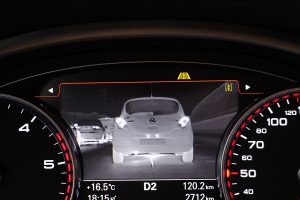
This amber eye symbol indicates faults in the infrared night vision system. The system may be temporarily unavailable due to fogged lenses or sensor obstructions. Clean sensors carefully.
Crosswind Assist Warning
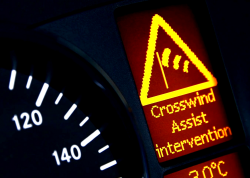
This yellow wind symbol appears when the crosswind stabilization system is unavailable. Typically occurs during extreme weather conditions or when sensors are obstructed by dirt or snow.
Comfort System Warnings
Massage Seat Warning Light
This amber seat symbol indicates faults in the multicontour seat massage function. The system disables affected features until serviced. Check for pinched wiring or control module faults.
Climate Seat Warning Light
This red/blue seat symbol signals heating/cooling seat malfunctions. The system may shut off automatically to prevent overheating. Common causes include faulty thermistors or fan motors.
Additional Warning Lights
Trailer Hitch Warning Light

This yellow trailer symbol appears when there are electrical faults in the trailer connection system. Check wiring harness and connector for damage or corrosion before towing.
Sunroof Warning Light
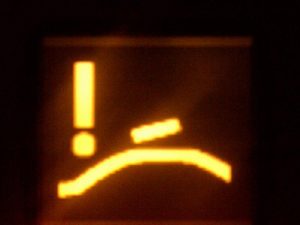
This amber roof symbol indicates sunroof or sunblind malfunctions. The anti-trap protection may activate repeatedly. Requires reset procedure or motor replacement.
Hands-Free Access Warning
This yellow hand symbol signals faults in the keyless entry system. The comfort access features may be temporarily disabled. Try using the key fob directly until serviced.
48V System Warning Light

For mild hybrid models, this amber battery symbol indicates faults in the 48V electrical system. The vehicle may disable start/stop function and other efficiency features.
Acoustic Vehicle Alert Warning
For electric/hybrid models, this amber speaker symbol appears when the pedestrian warning system malfunctions. The vehicle may not emit required low-speed warning sounds.
Remember that warning light colors indicate urgency:
- Red: Stop driving immediately (safety critical)
- Yellow/Amber: Service required soon
- Green/Blue: System status information
Always consult your owner’s manual when warning lights appear and seek professional diagnosis for persistent warnings to maintain your Mercedes E-Class’s performance, safety and longevity.
Identifying Fault Codes
Fault codes are your roadmap to identifying the source of the warning light on your Mercedes E Class dashboard.
When a warning light appears, your car’s onboard computer stores a fault code that explains the issue. To access these codes, you’ll need a diagnostic tool, such as a code reader or scan tool.
This tool connects to your car’s OBD-II port and retrieves the fault code. With this code, you can perform fault code analysis to determine the root cause of the warning light.
Diagnostic strategies involve using the code to identify the faulty component, then testing and replacing it as needed. By following this process, you can quickly and accurately diagnose the issue and get your car back on the road.
Dashboard Warning Light Guide
Most Mercedes E Class owners will encounter a dashboard warning light at some point, and it’s essential to know what each light means and how to respond accordingly.
Dashboard symbols can be overwhelming, but understanding warning explanations is key to addressing the issue promptly.
Familiarize yourself with the various dashboard symbols, such as the brake warning light, engine warning light, and tyre pressure warning light.
Each light has a specific meaning, and knowing what they indicate can help you respond appropriately.
From ABS malfunctions to low coolant levels, being aware of these warning explanations can help you identify the problem and take necessary action to prevent further damage or safety risks.
Understanding Warning Light Colors
As you familiarize yourself with the various dashboard symbols, it’s just as vital to understand the significance of warning light colors.
Mercedes E-Class dashboard warning lights use a color code system to convey the severity of the issue. Yellow warning lights often indicate a non-critical fault or system malfunction, while red warning lights typically represent a potentially dangerous fault or safety issue.
Flashing warning lights usually indicate a more urgent or critical fault. Understanding these color codes is essential to addressing the issue promptly and avoiding further damage or safety risks.
Addressing Warning Light Issues
When one of your Mercedes E-Class dashboard warning lights illuminates, it’s essential to address the issue promptly to avoid further damage or safety risks.
You should start by consulting your owner’s manual to identify the warning light and its corresponding description. Next, perform a visual vehicle inspection to check for any obvious signs of damage or malfunction.
Regular dashboard maintenance is vital in preventing warning lights from appearing in the first place.
If you’re unsure about the cause of the warning light, it’s recommended to schedule a vehicle inspection with a qualified mechanic.
They’ll use diagnostic tools to read fault codes and locate the source of the problem, ensuring your Mercedes E-Class is running safely and efficiently.
When looking at Mercedes, make sure to check out our guides on models like the Mercedes-Benz A-Class, Mercedes-Benz C-Class, and Mercedes Sprinter. Understanding dashboard warning lights is essential. Our expert reviews break down what each light means, highlighting common alerts for these models and what they could signal about underlying issues, so you’re never left guessing behind the wheel.

